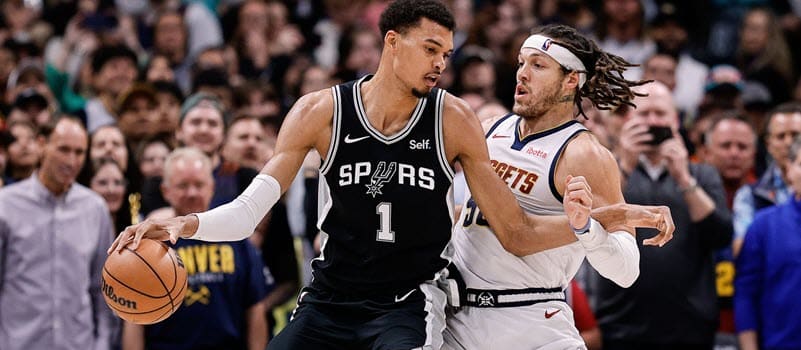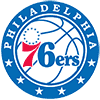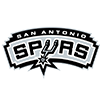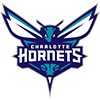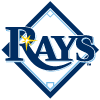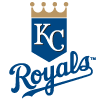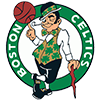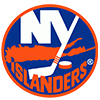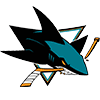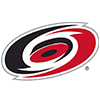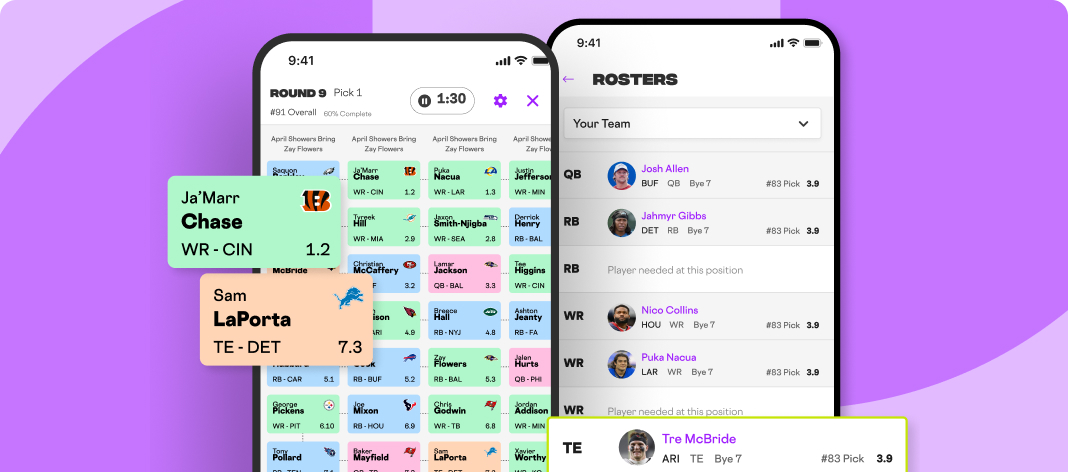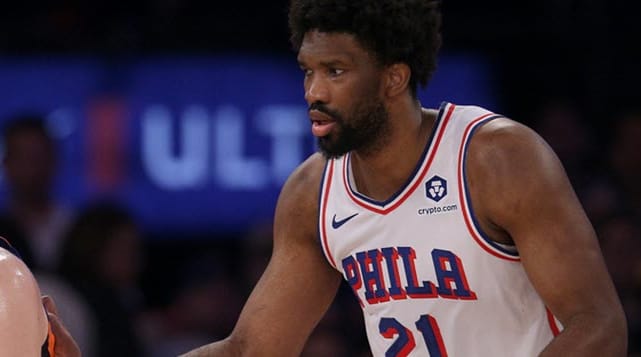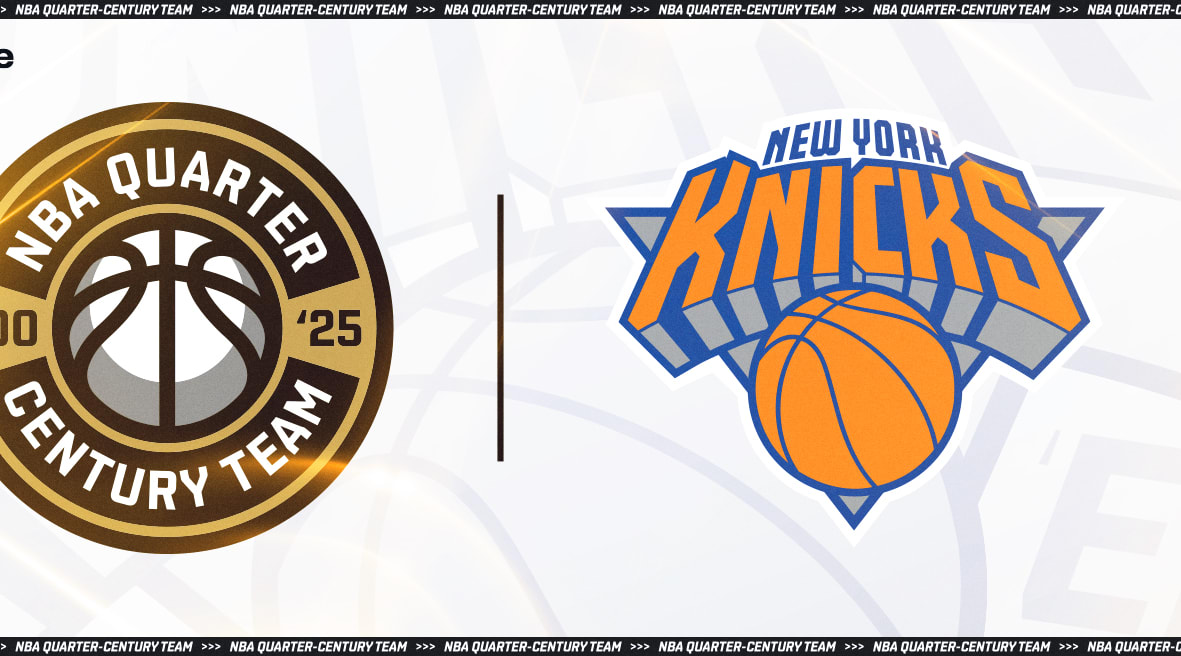Master Fantasy Basketball: Universal Draft Strategies and Top Player Tips
There is a wealth of information and tips available to aid you in making the best picks in fantasy basketball. Many of those are available to you on RotoWire in the forms of fantasy basketball rankings, fantasy basketball projections, and even our fantasy basketball videos.
But with so many different fantasy basketball league formats, I sought to create a fantasy basketball draft strategy that could be used almost universally. The main question being: What makes a great fantasy basketball pick? What player qualities are we searching for?
Here's what we'll be going over to build a winning fantasy basketball draft strategy:
- Identifying Top Player Roles
- Assessing Injury Risks
- Evaluating Age and Its Impact
- Navigating Team Success and Tanking
Role
Does the team trust this player to create offense?
Tip: You should aim to draft players who are clear Top 3 options on their team. When one (or two) of these players inevitably suffers an injury, the other two will pick up most of the slack. Usage doesn't often get distributed evenly across a roster. If the hierarchy isn't a defined Big 3, you can generally use a statistical rule of thumb. If a player averages 25+ combined points and assists, they qualify. If it's closer to 20+ points and assists, it's more case-by-case.
Notes
- Few centers qualify as Top 3 options. Drafting one gives you an edge most other fantasy managers don't have – a center who can scale up his usage. Think Bam Adebayo, Alperen Sengun and Domantas Sabonis.
- Traditional bigs who primarily catch lobs, grab rebounds and block shots aren't trusted with the ball enough to often see significant usage spikes. When Cade Cunningham gets injured, Jalen Duren won't run the offense.
- This is a great way to identify sleepers late in the draft. Bennedict Mathurin might have to be Indiana's second-leading scorer. D'Angelo Russell is Dallas' only reliable point guard option until Kyrie Irving returns. Collin Sexton might be Charlotte's third-best scorer and second-best passer.
Injuries
Has this player proven the ability to stay on the court?
Tip: How you define "injury prone" carries a lot of weight, so this is where my cheat sheet and your cheat sheet may look quite different. I'm classifying injury-prone as someone who has 5+ seasons of fewer than 65 games played (the NBA's own definition of "too injured"). In my opinion, this appropriately gives more leeway to younger players who have had fewer cumulative injuries and can recover faster. It also punishes older players who have compounding injuries and can't recover as quickly. Age and injury are closely tied together.
Here is a list of players and the amount of seasons they have with fewer than 65 games played. See if you agree with my definition of injury-prone:
- Zion Williamson (5)
- LaMelo Ball (4)
- LeBron James (5)
- Paul George (7)
- Kawhi Leonard (10)
- Joel Embiid (9)
- Kentavious Caldwell-Pope (0)
- Jaren Jackson Jr. (4)
- Steph Curry (6)
- Brandon Ingram (8)
- Brook Lopez (3)
- Domantas Sabonis (3)
- DeMar DeRozan (3)
Notes
- I could see the argument for bringing the seasons down to 4+ to include guys like LaMelo and JJJ, but they're still very young.
- This doesn't filter out illnesses, personal absences or the shortened seasons – partially why I opted for 5 seasons instead of 4. Bringing the games minimum down to 60 games could help catch some of that.
- Shoutout to KCP
Age
Is this player at risk of physical decline?
Tip: What is old? I did quick research on this, which I'll include below. But I've come to the conclusion that 33+ years old should raise red flags. To reach this conclusion, I took data from the last four seasons. Starting with age 30, I counted the number of players by age who played 65+ games and saw at least 24+ minutes per game.
2021-22
- 30: 4 players
- 31: 7 players
- 32: 4 players
- 33: 3 players
- 34: 1 player
- 35: 2 players
- 36: 2 players
- 37 1 player
2022-23
- 30: 7 players
- 31: 3 players
- 32: 7 players
- 33: 2 players
- 34: 4 players
- 35: 1 player
- 37: 1 player
2023-24
- 30: 7 players
- 31: 6 players
- 32: 2 players
- 33: 5 players
- 34: 2 players
- 35: 4 players
- 36: 1 player
- 37: 1 player
- 39: 1 player
2024-24
- 30: 7 players
- 31: 4 players
- 32: 3 players
- 34: 3 players
- 35: 2 players
- 36: 3 players
- 37: 1 player
- 39: 1 player
- 40: 1 player
Looking above, the most players present in any age group over 30 years old was 7 – and the oldest age that there were 7 players was age 32. Things drop off pretty quickly after that, and even more quickly once we hit 36 years old.
Notes
- If it were not for LeBron James and Chris Paul, these results would be even more slanted toward the early-30s. Other really old guy qualifiers over the past three years include Mike Conley, Al Horford and Brook Lopez.
Team Success
Should you be worried about tanking?
Tip: If you've played fantasy basketball over the past few years – or are even just aware of NBA discourse – you know tanking is a big deal. Phantom back injuries and sore knees plague talented older players on bad teams in March and April. Or, those players get traded to better teams, where they have a smaller role.
Here are some players on bad teams who missed significant time or had their roles reduced in March or April last year. It isn't exactly a murderer's row, but many of these players were drafted inside the top 100:
- Scottie Barnes (just started playing fewer than 30 MPG for no reason)
- De'Aaron Fox (elected for pinky surgery he was previously playing through)
- Tyrese Maxey (dragged along as day-to-day in March before being shut down with six games left)
- Cam Thomas (went from missing a game due to hamstring injury management to being shut down for the year a day later)
- Pretty much everyone on the Jazz
- Brandon Ingram (sprained his ankle in December and never played again)
Seven teams played below a 20-win pace after March 15 last season, and five teams failed to reach 30 wins overall. Six teams played below a 20-win pace from March 15 onward in 2023-24. In 2022-23, there were three teams. The year before that, there were four teams.
The DraftKings Sportsbook has five teams listed with a win total over/under at 30.5 or lower – essentially, the biggest tanking risks:
- Phoenix Suns
- Charlotte Hornets
- Brooklyn Nets
- Washington Wizards
- Utah Jazz
Be careful when drafting players from these teams, especially veterans. Make sure you're not reaching too far above ADP or what you perceive to be their in-a-vacuum value.
Notes
- The earlier your fantasy league ends, the less this matters. I prefer to end my leagues before April. Otherwise, tanking creates too much manufactured variance at a crucial time.
- This guideline is listed last because I believe it's the least important. It's best used to break ties, like if you're trying to decide between Devin Booker and Evan Mobley.
When to Break these Rules
At what point should you stop worrying about role, injury, age or team success?
Tip: Most of the guidelines above exist to help you avoid downside risk when drafting the core of your team. Later in drafts, you should mostly be focused on upside. Try to draft players who, if they reach their peak, could not be easily replaced off the waiver wire. That will probably require ditching concerns about team success, age and injury. Role still remains crucial.
So, when do you flip the proverbial switch? Anecdotally and statistically, I think the answer is around picks 70-90, or about rounds 6-8 in a standard league. For total fantasy production for standard 8-category roto leagues, the "average" fantasy player based on Z-score ranks in the low-70s. Some players around this range last year included Tobias Harris, Julius Randle, Toumani Camara, Anfernee Simons and Payton Pritchard.
Notes
- If you play in a deeper fantasy league, you should wait longer to take risks. In a smaller league, you can flip the switch sooner. The size of your starting lineup vs. your bench also matters. A bigger bench means more room for risk.
- There's also a point early in drafts where a player slips much too far, and you should then consider drafting them. Generally speaking, I think about two rounds' worth of ADP is sufficient – meaning it rarely happens. But if Kawhi Leonard is there for you at pick 60, you have to consider pulling the trigger, especially in a shallower league, no matter how much you're against it.
Other Tips and Notes
Multi-position eligibility
Positions vary significantly site-by-site, and the importance of multi-positional eligibility varies significantly league-by-league.
Players eligible at multiple positions are extra valuable due to the lineup versatility they bring. A team full of flexible players can deal with injuries more easily. It can also optimize for game-count more easily. The chances are lower of you having an empty starting lineup spot, or having someone with four games in a week sitting on your bench.
This matters less for leagues that have deep benches or more lenient position requirements, like additional FLEX/UTIL spots or only requiring G, F and C instead of PG, SG, SF, PF C.
F/C eligibility is the most valuable, followed by G/F. Centers are the biggest position of scarcity in the NBA, followed by forwards. Someone who is SG/SF eligible is much more valuable than someone PG/SG eligible. The SG/SF player can occupy four slots (SG, SF, G, F), while the PG/SG player can occupy only three slots (PG, SG, G).
Guards with upside are available late
I find it much easier to find guards I like late in draft compared to forwards and centers. I think drafting centers and forwards early and worrying about guard later makes for a smoother drafting experience, and one that carries more upside.
Other Resources
Check out RotoWire's How to Play Fantasy Basketball guide for a complete walkthrough, but here is some basic advice:
- Check out custom NBA Fantasy Projections
- Look into Fantasy Basketball Mock Drafts
- Listen to a Fantasy Basketball Podcast
- Check in on Fantasy Basketball Player News
- Read Fantasy Basketball Articles
- Dive into RotoWire's Fantasy Basketball Draft Kit
- Study NBA Depth Charts
- See RotoWire's Fantasy Basketball Dynasty Rankings


